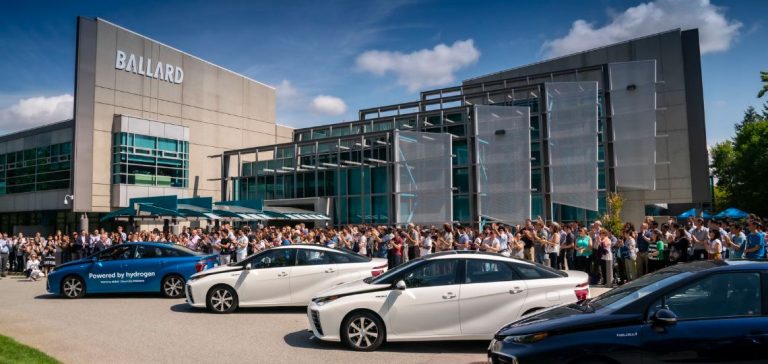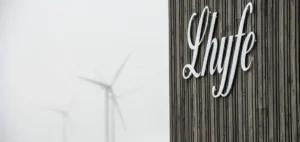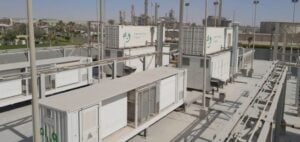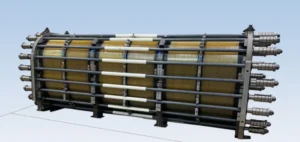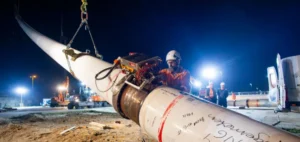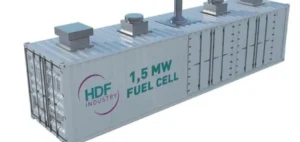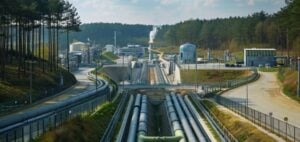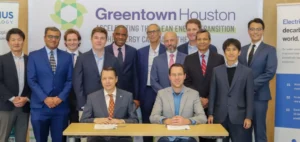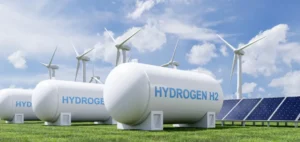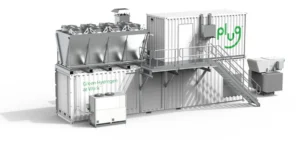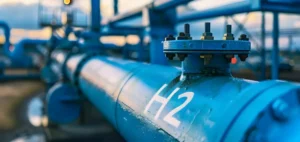SFC Energy AG (“SFC”), a leading provider of hydrogen and methanol fuel cells for stationary, portable, and mobile hybrid solutions, has announced the acquisition of strategic assets from Ballard Power Europe Systems A/S (“BPSE”). This transaction includes intellectual property rights, customer contracts in Scandinavia, and represents a major step in SFC’s international expansion strategy.
The agreement, concluded with SFC’s newly established Danish subsidiary, SFC Energy Denmark ApS (“SFC Denmark”), enables the company to expand its product range with two proven hydrogen fuel cell solutions with power outputs of 1.7 kW and 5 kW. The standardized design of these cells allows them to be clustered into multiple modules, facilitating adaptation to varying customer needs. This acquisition also strengthens BPSE’s installed base, primarily distributed across Northern European countries such as Denmark, Norway, Sweden, and Finland.
—
Technological Expansion and Market Leadership
With this acquisition, SFC Energy consolidates its position as a leader in the stationary hydrogen fuel cell market below 50 kW. The combination of SFC’s existing EFOY solutions and BPSE’s new offerings creates a comprehensive and competitive range, addressing the growing demand for sustainable energy solutions. This technological expansion allows SFC to offer the most complete product line in this power category worldwide.
Long-term service agreements and the acquired installed base provide a solid foundation for accelerated entry into the Northern European market. The establishment of SFC Denmark not only facilitates sales and service but also application engineering and local assembly, enhancing SFC’s capacity to respond quickly to market needs and ensure business continuity for existing customers.
Growth Strategy and Market Consolidation
SFC’s growth strategy is based on three main pillars: market penetration and international expansion, technological and intellectual property development, and complementary mergers and acquisitions. The acquisition of BPSE’s assets aligns perfectly with this strategy, enabling SFC to strengthen its market position and diversify its product portfolio.
By integrating BPSE’s hydrogen fuel cell solutions, SFC Energy expands not only its technological offering but also its network of clients and partners. This market consolidation allows SFC to leverage synergies along the entire value chain, from production to distribution and after-sales service. The acquisition also contributes to cost reduction and improved operational efficiency, thereby enhancing SFC’s competitiveness in the global market.
Financial Outlook and Future Development
The SFC board of directors expects this new business to generate revenues in the mid-single-digit million-euro range and contribute positively to EBITDA and EBIT as early as 2025. This financial projection reflects SFC’s confidence in the growth potential of the stationary hydrogen fuel cell market and the company’s ability to capitalize on the acquired assets.
Additionally, SFC Energy is committed to offering future employment to selected BPSE employees who possess key expertise in the field of hydrogen fuel cells. This integration of talent and knowledge enables SFC to strengthen its technical team and ensure a smooth transition for customers and business partners.
Executive Comments
Dr. Peter Podesser, CEO of SFC Energy AG, stated: “By integrating Ballard Power Systems’ expertise in this power range into our product portfolio, we will be able to offer our combined customer base the most comprehensive range of stationary hydrogen fuel cells below 50 kW worldwide. This transaction contributes to various elements of our defined and consistently pursued growth strategy.”
Randy MacEwen, CEO of Ballard Power Systems Inc., added: “We have confidence in SFC’s business strategy, team, and technical capabilities. We believe that SFC Energy will successfully develop our proven solutions and provide significant value to our existing customer base.”


